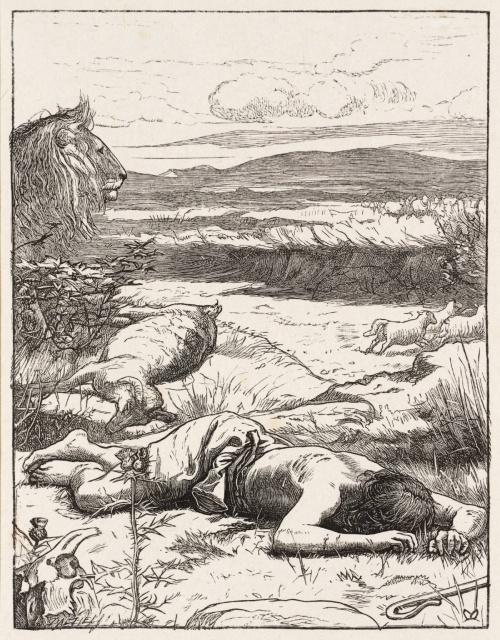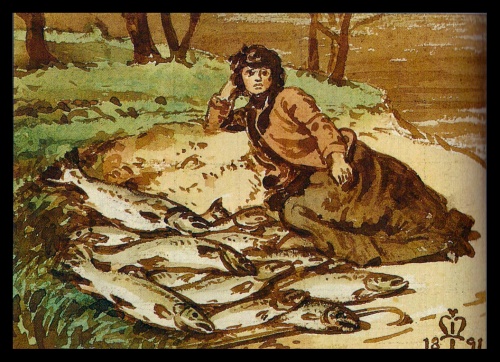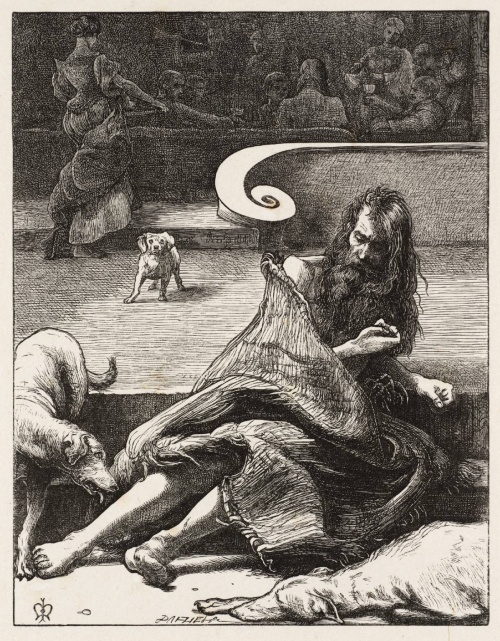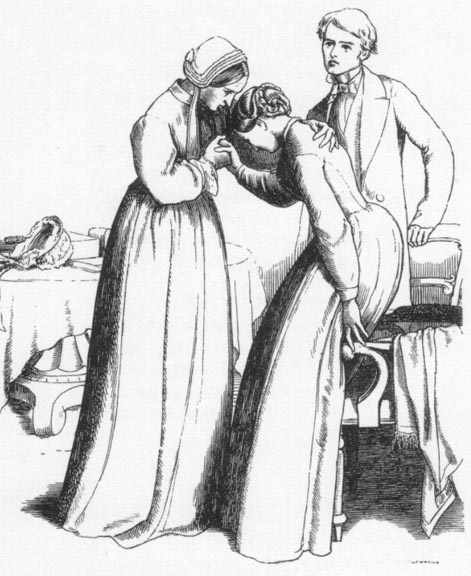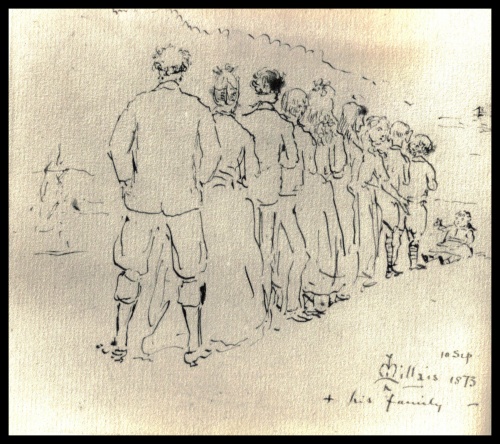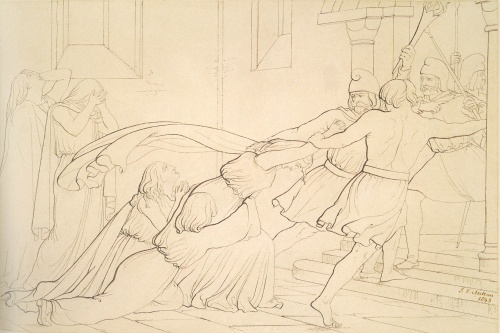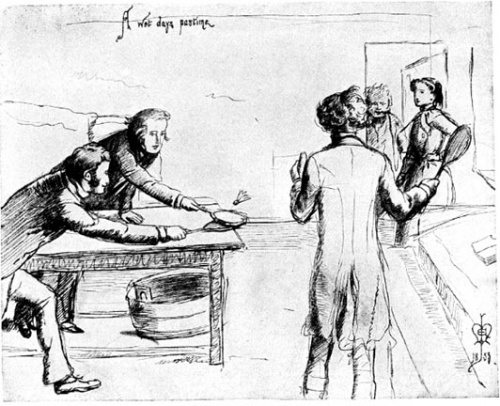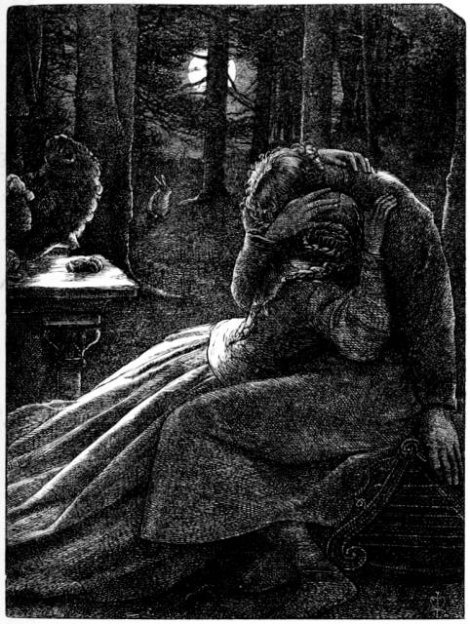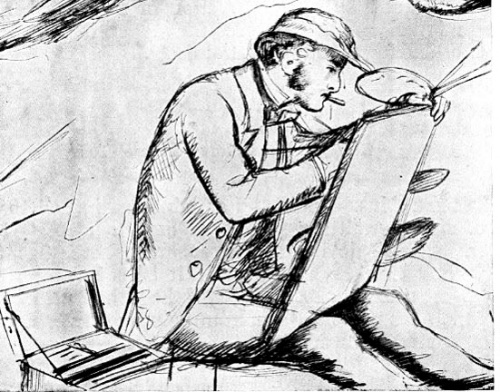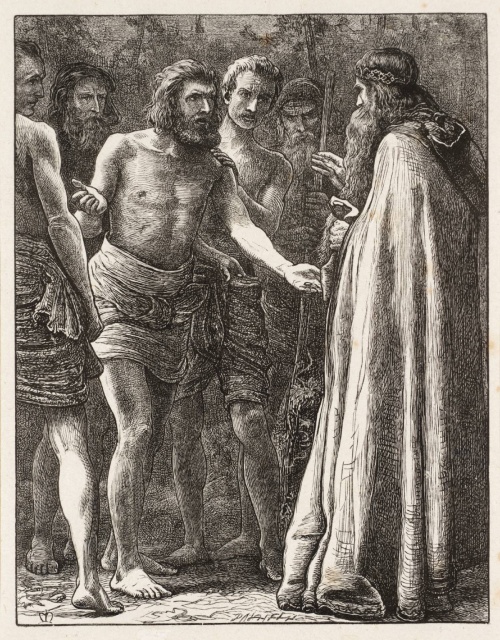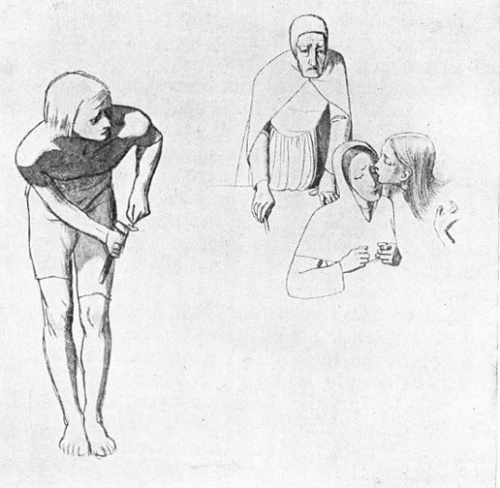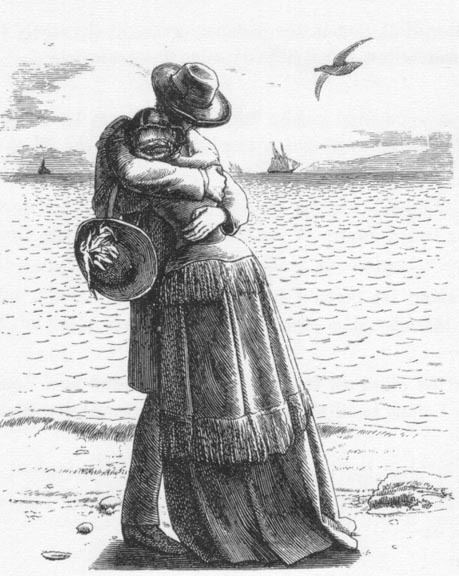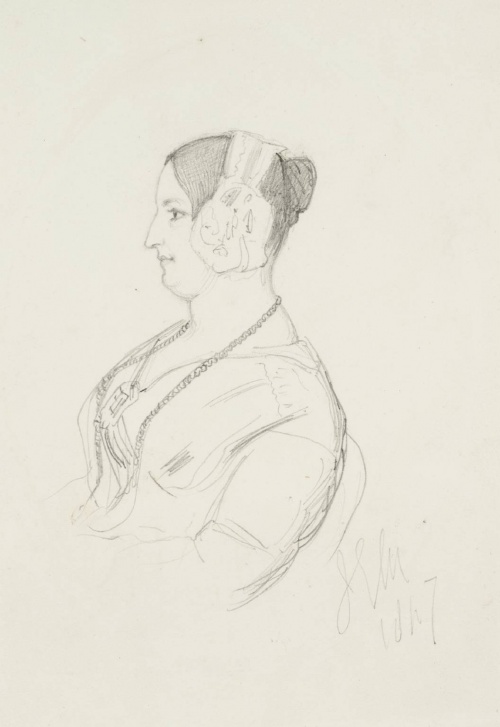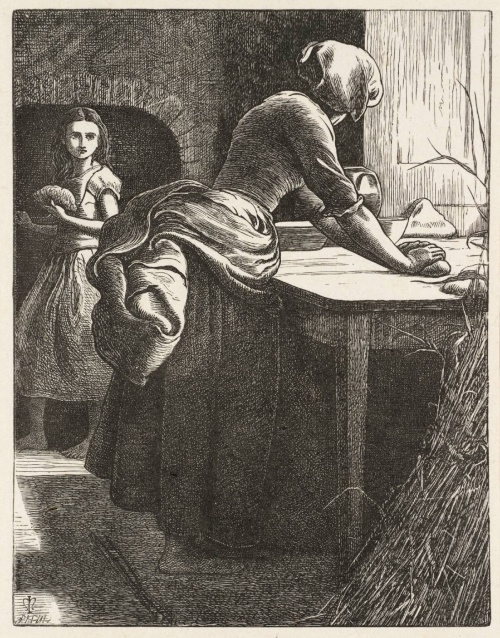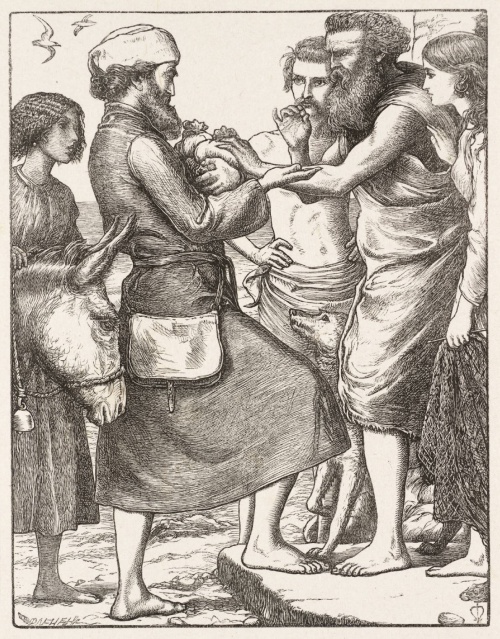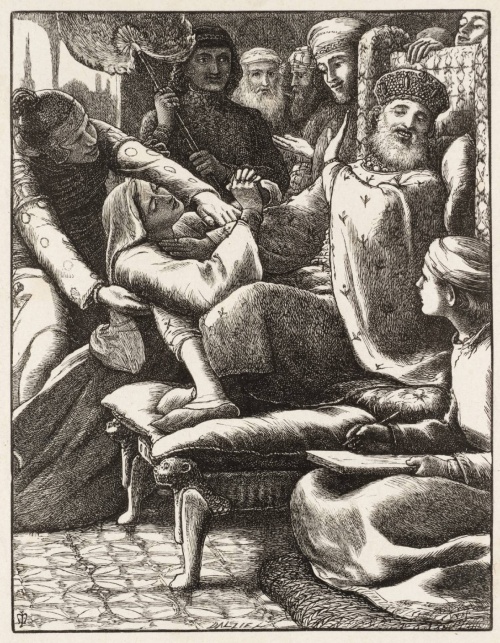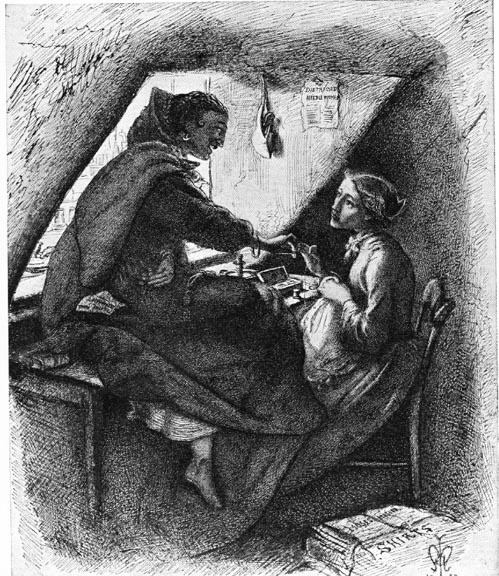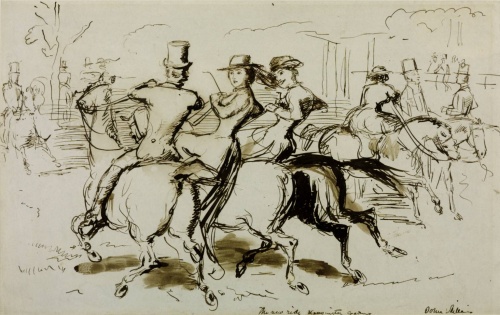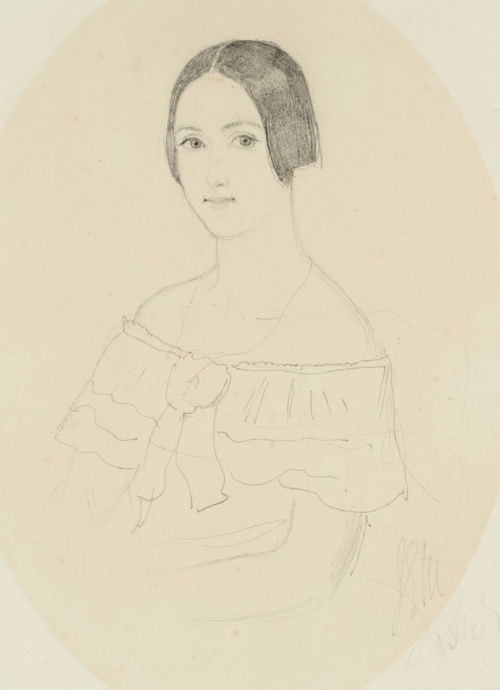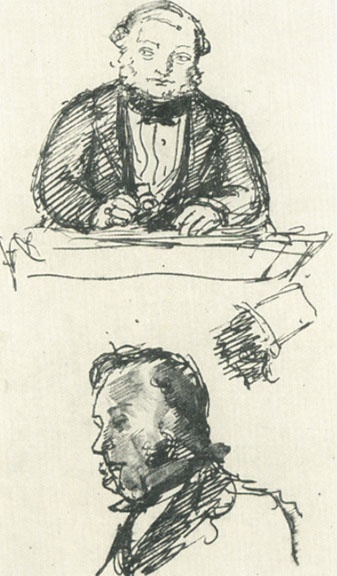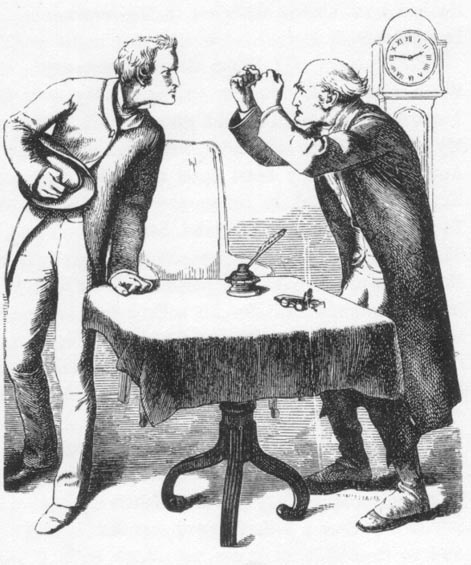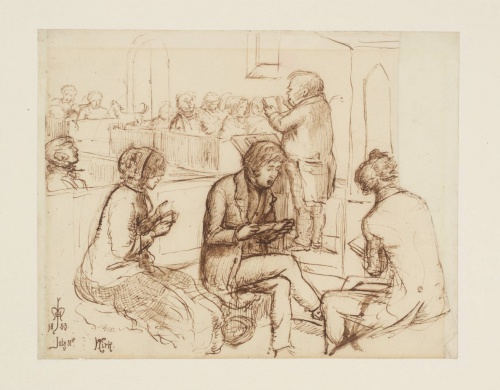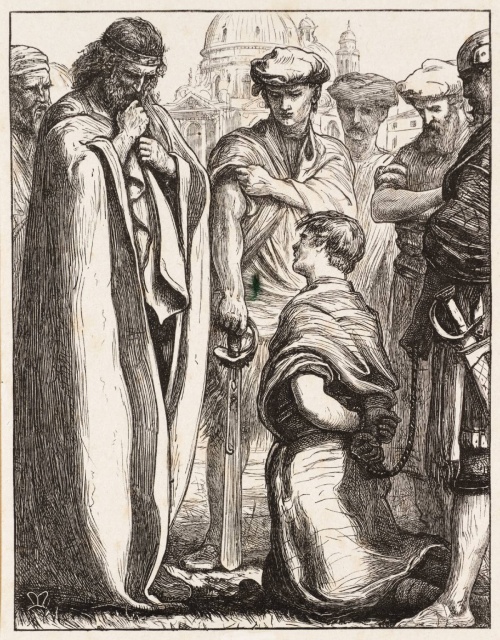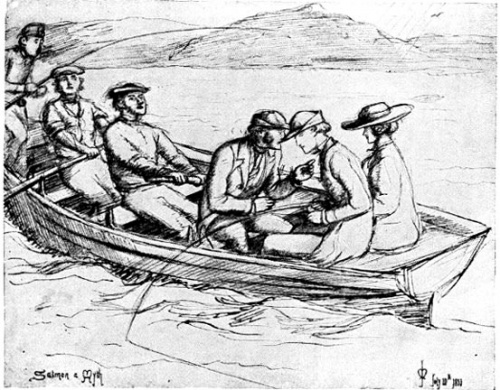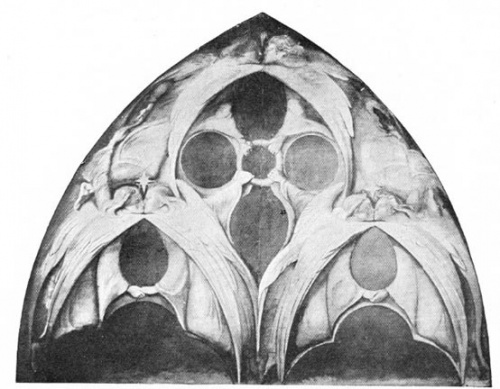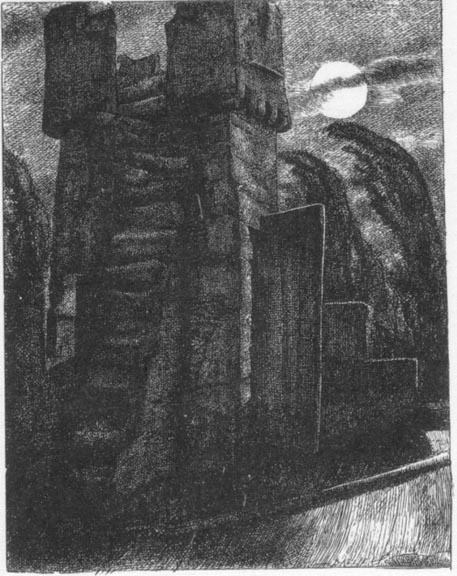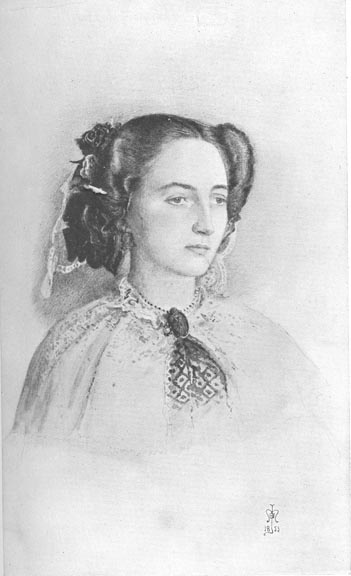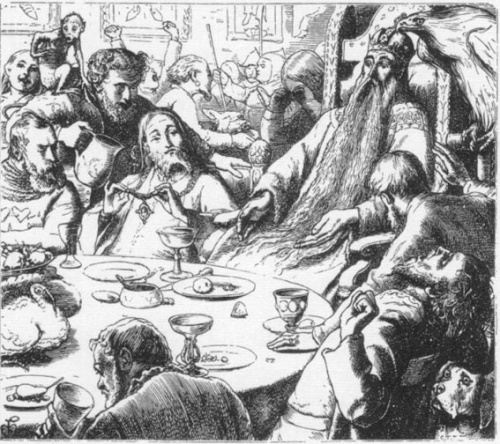Artworks by John Everett Millais (307 works)
Разрешение картинок от 337x576px до 7087x4820px
Millais was born in Southampton and began learning to draw at the age of nine. In 1838, when his abilities became obvious, the family moved to London. At the age of 11, Millet entered the Royal Academy of Arts, becoming the youngest student in the history of the Academy. By the age of fifteen, he already had excellent command of the brush, in 1846 he appeared before the public with the historical painting “Pizarro Captures the Peruvian Incas,” which critics recognized as the best in the entire academic exhibition of that year, and the following year he received a gold medal for the painting “Attack the tribe of Benjamin against the daughters of Siloam." In 1848, at one of the exhibitions, Millet met Holman Hunt and Dante Gabriel Rossetti and together with them founded the Pre-Raphaelite Brotherhood.
His early works are characterized by considerable detail, in particular the painting “Christ In The House Of His Parents” (English: Christ In The House Of His Parents, 1850, London), which was considered too realistic and was dubbed “outrageous” by The Times newspaper. However, Millet was not embarrassed by this, and he continued his work among the Pre-Raphaelites. In fact, the technical perfection of Millet's paintings immediately distinguished him from other painters, which is why Millet's works were always accepted at Academy exhibitions, no matter how radical they were. He was also supported by the critic John Ruskin, who immediately saw an outstanding talent in Mill.
In the summer of 1853, Ruskin and his wife Effie invited Millais to go together for the summer to Glenfinlas. Millais and Effie fell in love and, after her scandalous divorce from Ruskin, got married. Marriage changed Millet: to support his family, he had to create paintings faster and in larger quantities, and also sell them at a high price. Millet completely renounced the views and ideas of Pre-Raphaelitism: in particular, the painting “Sir Raisin” (1857), where the artist greatly departed from the Pre-Raphaelite technique, was called by Ruskin “not even a failure, but a disaster.” In return, Millais gained enormous popularity and enormous wealth, earning up to £30,000 a year. He became a portrait painter, partly a landscape painter (and Millet painted landscapes not to order, but as a hobby - for himself) and became the first English artist to receive the title of baronet (in 1885). In 1896 he was elected president of the Royal Academy. In his portraits, Millet usually depicts famous people holding high public positions.
